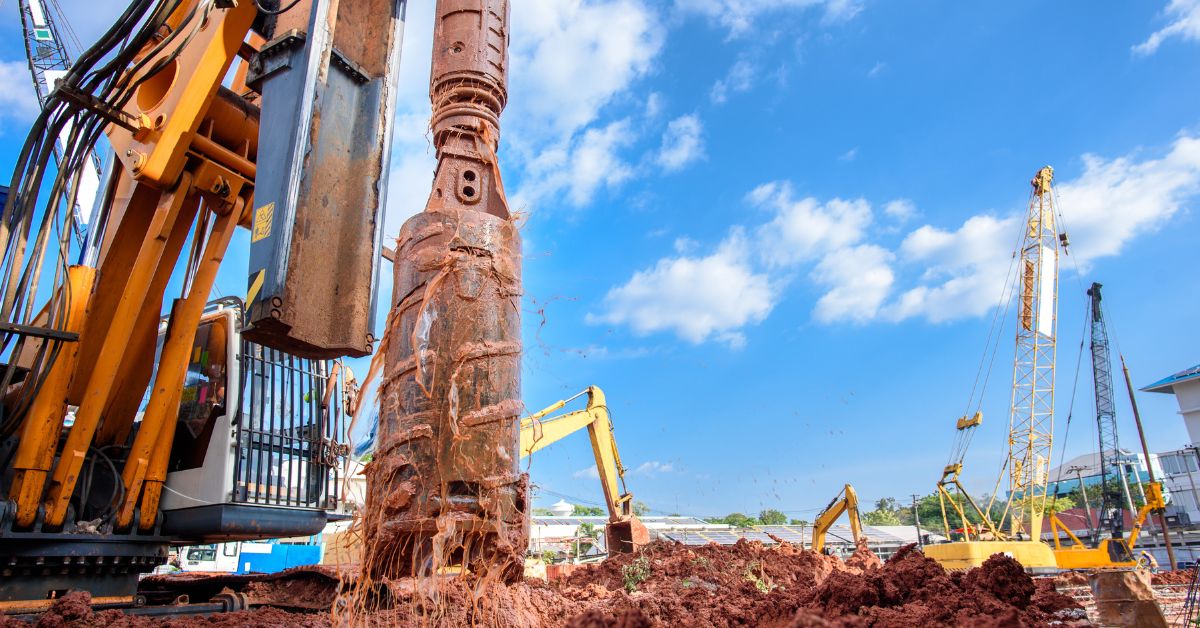Different Types of Materials Stored at Oil Extraction Sites

Drilling companies must store crude oil, drilling mud and cuttings, and various chemicals on-site. Safe storage of these substances is paramount due to their potential to harm the environment and human health. Learn more about the different types of materials stored at oil extraction sites to better understand daily operations in this complex industry.
Crude Oil
Freshly extracted oil requires on-site storage before being transported to refineries for further processing. This crucial step involves storing the crude oil in various container types to ensure its quality and prevent leaks.
Above-ground tanks are commonly employed to store crude oil at extraction sites. These massive steel containers can hold thousands of barrels of oil and sometimes come with a floating roof. The floating roof design helps minimize the evaporation of the stored oil by sealing off the space between the roof and the liquid surface, creating a vapor barrier.
Drilling Mud and Cuttings
Drilling mud and cuttings are two types of materials stored at oil extraction sites as byproducts of the extraction process. Drilling mud, a mixture of water, clay, and other additives, helps lubricate the drill bit, remove drilled cuttings, and maintain the wellbore’s stability. Cuttings are the broken bits of rock removed by the drilling process.
Drilling mud and cuttings are directed straight from the drill site into cutting boxes or mud bins for immediate storage, minimizing the risk of environmental contamination. Ultimately, workers transport the contents of these bins away for appropriate treatment and disposal, adhering to industry regulations and environmental standards.
Chemicals and Additives
A variety of chemicals and additives are utilized during oil extraction processes to enhance effectiveness. These substances must also be stored on-site, which is why oil and gas is one of the top industries that utilize hazmat storage containers.
Using specialized containers to store chemicals and additives helps prevent leaks, spills, and chemical reactions that could be detrimental to both operations and the environment. These containers meet strict safety standards and help mitigate the hazardous nature of specific substances used in oil extraction.
Proper labeling, handling, and storage of these chemicals and additives is crucial to ensure on-site safety. Following stringent guidelines for materials storage minimizes the risk of accidents and environmental damage.
Drilling companies must understand the properties of each of these materials to ensure safe handling practices. Using the appropriate storage containers for crude oil, drilling mud and cuttings, and chemicals leads to improved operational efficiency and regulatory compliance.





